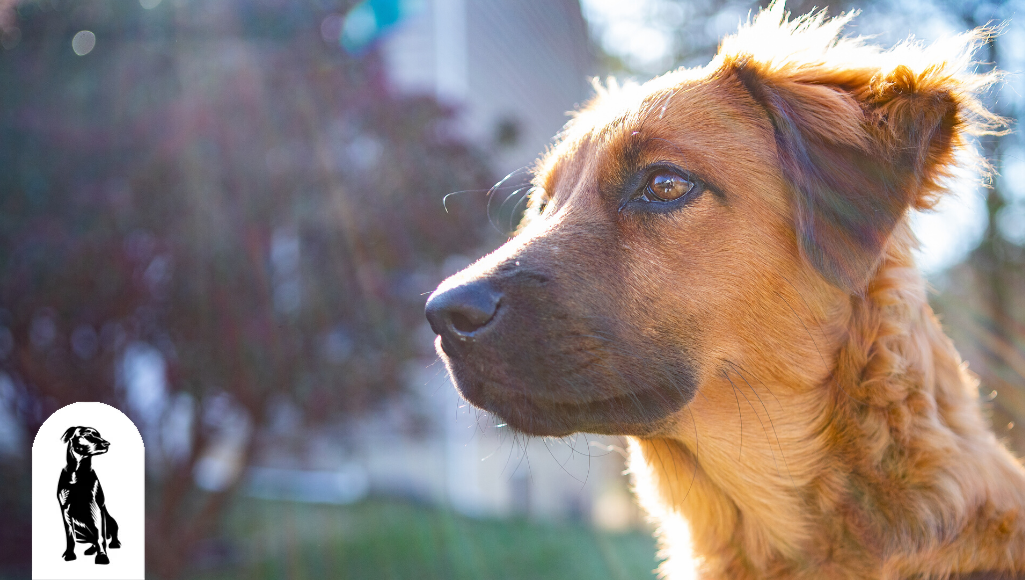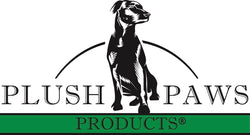
If you’re a new or relatively new fur baby owner, you may feel you need a pet owner’s manual. Just like kids, dogs need care and love and that means ensuring they’re safe during the summer months when the heat can seriously damage their health. If you’re considering getting a new puppy this summer and not sure about what’s best for them, then this is the blog for you. We’ll break down the most common summer dangers for dogs and tips to prevent them, so they enjoy the heat and not bake in it.
Pet Dangers in Summertime
Heat exhaustion and heatstroke affect more than just humans; it can affect your pup as well. There are many pet dangers you need to watch out for, so your fur baby stays healthy and can enjoy the fun times with family. Here are the most common dangers to keep your eye on.
1. Dehydration and Heatstroke - These two issues are the biggest threats to your pup. When they’re outside while you mow the lawn or garden or just having a picnic with the family, they need a fresh supply of water available at all times. If you’re taking them on a long walk, carry another water bottle with you, so they stay hydrated. Also, very important if you take them on an extended car-ride or vacation somewhere, they need fresh water. Some dogs, like pugs or bulldogs, dogs with dark skin, or dogs with thick coats or overweight ones, are more prone to heat stress than other dogs. Be aware of these symptoms:
- Dry gums
- Excessive lethargy
- Decreased urination
- Refusal to eat
- Sunken eyes
- Decreased skin elasticity (gently pinch your pet’s skin near the shoulder, and pull up like a tent shape. If the skin is slow to snap back, your pet is likely dehydrated)
If your dog pants, this is a good thing. It’s how they cool themselves down; however, if they pant excessively, it means they’re too hot. Other than giving them fresh water, you can also use a fan, ice pack, frozen treats, or kiddie pools and sprinklers to help them cool down. The pups love it, especially if kids (if you have them) join in the fun.

2. Pools and Water - Speaking of water and having fun with dogs, although your dog may love the water, other dogs don’t, and contrary to what you may believe, all dogs are not masters at doggie paddling, especially small pups. Older dogs that may have arthritis or bone issues may also shy away from the water if they’re not strong enough to stay afloat. Terriers and pugs also struggle with swimming, so before you take your doggo out to the lake or the pool, buy a flotation device for them. (yes, dogs can wear floaties too!) Another thing to keep in mind is that if you’re taking your fur baby out boating this summer, ensure they are safe and don’t jump overboard; this can be dangerous. Also, never force your dog into the water.
3. Ticks - In another month or so, tons of people will be heading up to the mountain for hiking and camping. This is a great activity to do with your dog, but be wary of ticks. These little monsters can get into a pet’s fur, and you might never know it. If you’ve just come back from a wooded area, it’s vital you check your pup for ticks daily. They can be harder to find on dogs with thick coats, so the best thing to do is bath them with tick shampoo, just in case you don’t see any that may be hiding.
If you find a tick, follow the directions in the How to Remove a Tick from Your Pet from the ASPCA (American Society for the Prevention of Cruelty to Animals). Note that ticks carry several diseases, including Lyme disease, but it can be challenging to spot in dogs. A few signs to observe is whether they become tired or feverish or lame after being in the woods. Get an appointment with the vet for tick medication to be on the safe side.

4. Cars - You hear how every summer, dogs get left in the car when the owners go shopping, and then they perish in the heat. Even though it’s OK to leave your dog in the car when it’s 60 degrees and you’re running in for milk and bread, any higher than that, and you’re asking for trouble. So, if it’s too hot, leave them home or take them with you inside.
5. Bee Stings - Believe it or not, it’s not cute when your puppy tries to get at a hornet or wasp—particularly if they interrupt a nest and get stung. It’s usually not a big deal, but dogs can be allergic to bees, just as humans can. Watch how your pup responds to the sting. If they scratch and pull on the fur that then results in bald spots, and if you notice swelling, this is when you need to involve the vet. They may need a steroid or antihistamine to counter the effects.
6. Snakes - Oh, the joys of summer when your dog is barking at something slithering in the grass, and you fear for his and your life. Chances are, the snake is harmless, but not always. You can tell if a snake is dangerous by looking in their eyes. Venomous snakes have thin, black, vertical pupils, surrounded by a yellow-green eyeball, whereas a non-venomous snake has round pupils. However, don’t get close enough to see their eyes, in the event they strike. You may have heard of the saying, “red touching yellow will kill a fellow. Red touching black, you’re a friend of Jack!”
Since snakes like to hide, your dog may find them and start barking at it, leaving you to wonder what all the commotion is. Get your dog into the house or away from the snake if in the woods. If a snake bites your pet, its face and head will become swollen. Get it to the vet immediately. Check out the ASPCA guide on snakebite and safety prevention.

7. Barbecues and Cookouts - Summer barbecues are a great way to visit with family and friends and eat delicious food; your dog loves it too since he most likely will feed off table scraps or food dropped on the grass by little hands. Still, you have to be very watchful around dogs and summer barbecues. Five foods are toxic to dogs: onions, garlic, grapes, raisins, and tomatoes. Most of these are found on your burgers or in fruit trays and salads, so ensure your pup doesn’t have an opportunity to eat them.
Also, watch out that they don’t get chicken legs or chicken bones in general, or pork ribs since they can get lodged in their throat. If your meat is flavored with garlic or onion, don’t give them any scraps. Let your guests know not to feed your dog anything and to watch the kids around the dog. Especially watch out for:
- Corn on the cob: Corn cobs are very hard to digest for dogs and can be a choking hazard.
- Meat with barbecue sauce: It may be fine for us humans, but the sauce can upset your pup’s tummy and lead to diarrhea - yuck.
- Food with bones: Again, real bones are not suitable for dogs. Bone-in wings can pose a choking hazard and could even splinter and hurt their stomach, causing a bowel perforation.
- Fruits with pits: Peaches, cherries, avocados, and other pitted fruit can cause choking.
- Ice cream: Some is OK, but too much can cause stomach issues for some dogs since they also can have lactose intolerance.
Need Seat Covers? Contact Plush Paws
Now that you know the most common summer dangers for your pets start prepping for the road trip or fun day at the lake with premium seat covers. Make it easy on you and your car seats by investing in seat covers that protect from hair, water, dirt, mud, and anything else your doggo might leave behind. If you have kids, it will catch crumbs, juice, or other debris. Visit our shop today to see the different sizes, patterns, colors, and textures to match your vehicle.

